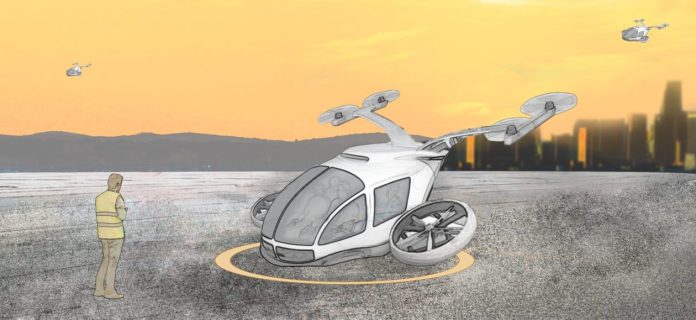Blog entry by Bruce McPherson

The growth of the Air-taxi and eVTOL industry in the last decade and the deep study of its potential has originated a wide diversity of aircraft, demanding the existence of different regulations to correctly cover the appropriate security requirements in each case.
This is the case of VTOL aircraft, whose characteristic is vertical takeoff and landing. These manned drones have specific characteristics that make it complicated to cover its functionalities with the existing certification specifications for aircrafts such as fixed-wing or gyroplanes (i.e. CS-23). The VTOLs differ from fixed-wing aircraft in vertical takeoff and landing capability. And from conventional gyroplanes in the distributed use of propulsion. For this reason, specific regulations are required for VTOL type certifications.
AESA SPECIAL CONDITIONS FOR VTOL
After detecting this need, the European Aviation Safety Agency (EASA) published on July 9, 2019 a regulation with a complete set of technical specifications dedicated to VTOLs, SC-VTOL-01. These specifications apply to certifications for aircraft with people transport (9 or less), takeoff and vertical landing with several propulsion units used for lifting and control, whose takeoff weight is less than 3175Kg, including most of the eVTOL system for UAM (Urban Air Mobility).
CERTIFICATION CATEGORIES
The regulations establish two categories of certification:
- The “Basic” category in which it is ensured that the aircraft is capable of making a controlled emergency landing.
- The “Enhanced” category, more restrictive than the previous one, which guarantees a safe flight mode for emergencies, also including landing. The aircrafts dedicated to operating over populated areas or commercial passenger transport must be certified in this category.

AUTOPILOT REQUIREMENTS FOR EVTOL CERTIFICATION
The autopilot system within the eVTOL is, in most cases, a critical component as it may lead to a catastrophic failure in case of a flight controller malfunction. For this reason, it must attend to the highest safety levels required by the Standard Condition for VTOL. It means that for Enhanced Category the autopilot must prove a failure rate below 10-9 and FDAL A, considering the Design Assurance Level for Aircraft Functions. Being this the maximum applicable safety requirement, each eVTOL may have different requirements according to system architecture and safety means included.
The certification regulations are the passport that this new type of aircraft needs to enter into the Urban Air Transport market, ensuring the viability and safety of their coexistence in current society. There are many advantages that lead us to work to make this possible. At Embention, we are carrying out different projects with this objective, developing our products based on current regulations to reaffirm the reliability of these systems for the new generation of people transport.
By PRESS